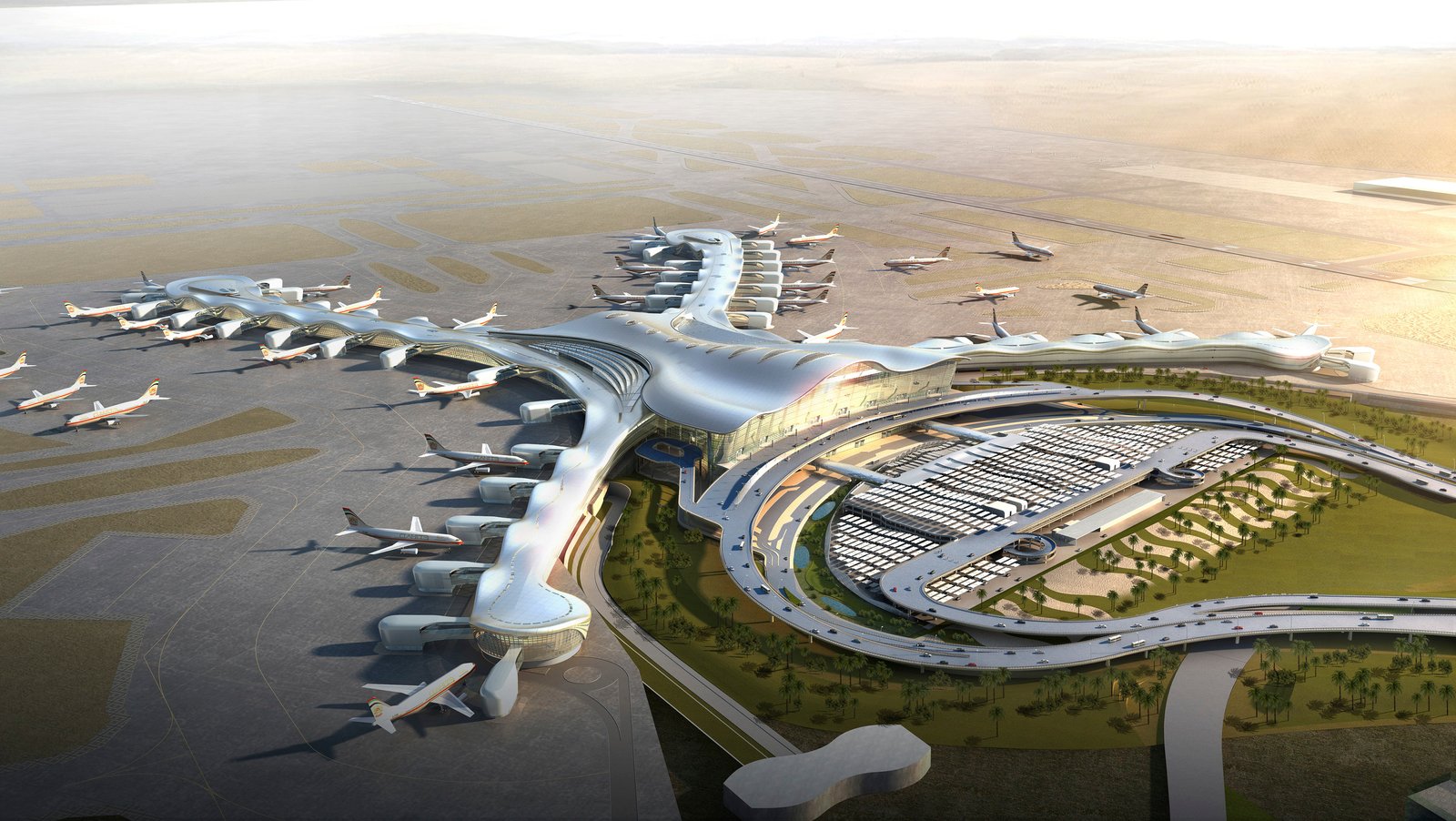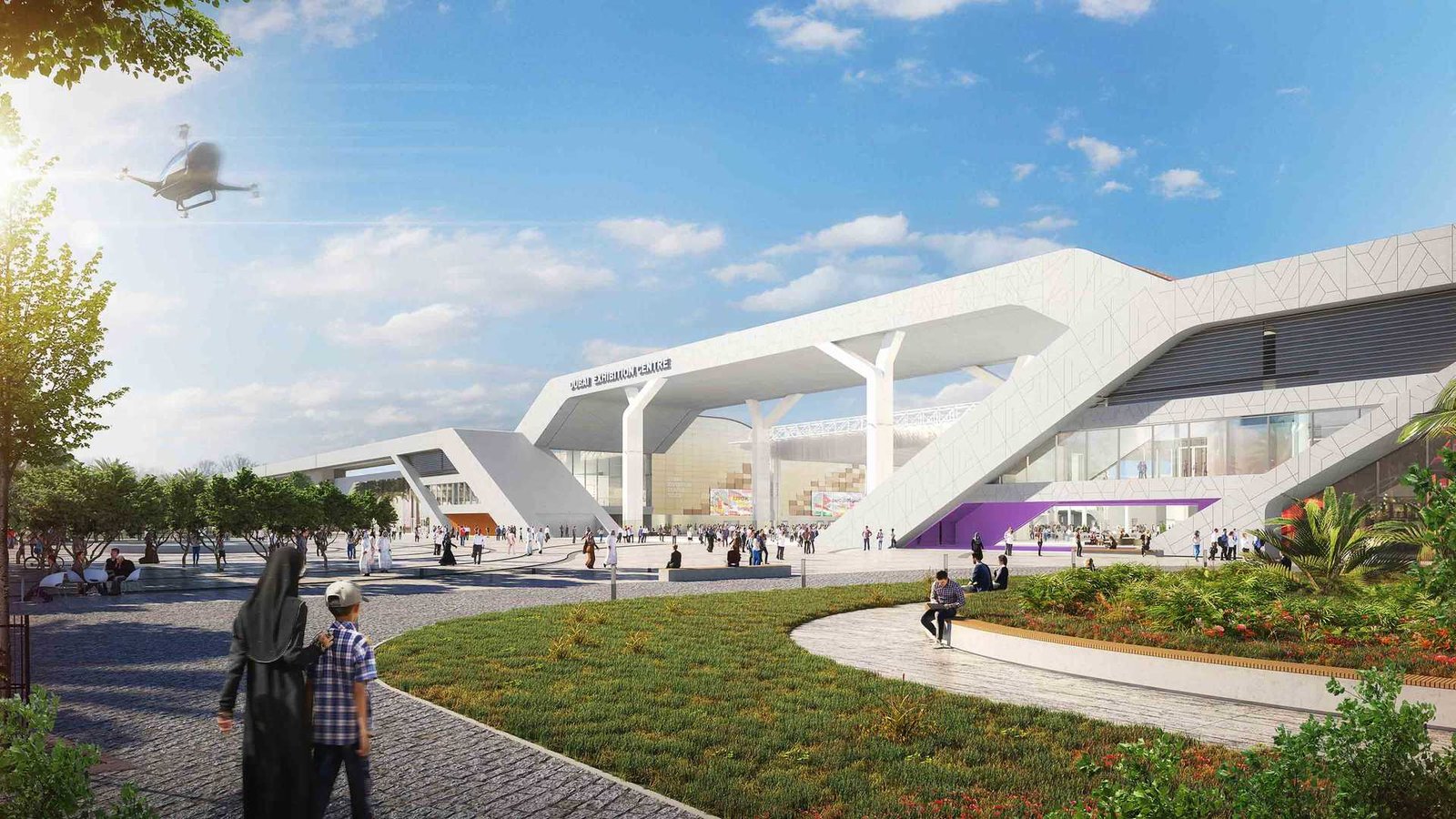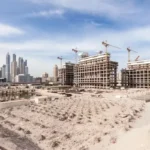Now Reading: Airport Expansions Boost Nearby Property Markets
-
01
Airport Expansions Boost Nearby Property Markets
Airport Expansions Boost Nearby Property Markets

Airport expansions are more than just upgrades to aviation infrastructure-they are catalysts for economic activity and real estate growth. When an airport expands its capacity, adds new terminals, or upgrades its facilities, the ripple effects extend far beyond the aviation industry. These changes drive demand for housing, offices, hotels, retail spaces, and industrial real estate in nearby areas, transforming surrounding regions into thriving hubs of commerce and lifestyle.
From London’s Heathrow to Dubai International and Singapore’s Changi, global case studies show that airport expansions not only enhance connectivity but also shape property markets in profound ways.
Why Airport Expansions Matter
Airports are gateways to global trade, tourism, and investment. When they expand, they attract more passengers, airlines, and businesses, leading to higher traffic volumes and economic opportunities. This creates a natural demand for real estate in the surrounding areas.
Key benefits of airport expansions include:
- Boost in Connectivity: Improved air travel connections stimulate tourism and business.
- Job Creation: Airports generate thousands of direct and indirect employment opportunities.
- Business Relocation: Companies move closer to airports for logistics and accessibility.
- Property Value Growth: Increased demand raises land and property prices nearby.
Impact on the Hospitality Sector
One of the most direct impacts of airport expansions is seen in the hospitality industry. Hotels near airports benefit from higher occupancy rates due to increased passenger traffic. Business travelers, airline crews, and transit passengers prefer staying close to airports, which drives developers to invest in new hotels, serviced apartments, and conference facilities.
Luxury hotels and mid-range accommodations alike spring up around expanding airports, creating micro-districts dedicated to serving global travelers.
Growth in Office and Commercial Real Estate
Airport expansions also stimulate demand for commercial real estate. Many multinational corporations prefer setting up regional offices near airports for easy connectivity. Logistics companies, freight forwarders, and technology firms often establish headquarters in these zones to reduce travel and transport costs.
Business parks and co-working hubs often emerge around airport districts, catering to startups and international firms seeking strategic locations.
Retail and Entertainment Development
Retail real estate also flourishes near expanding airports. Shopping centers, restaurants, and entertainment venues cater to travelers, employees, and local residents. Airport-linked retail zones often become lifestyle destinations, offering global brands, food courts, and leisure activities.
These developments create thriving ecosystems where both tourists and locals contribute to sustainable demand.
Residential Real Estate Opportunities
As airport expansions bring jobs and commercial activity, they also create demand for housing. Employees working in aviation, hospitality, and logistics often prefer living near their workplaces.
This demand fuels residential projects, ranging from affordable housing for staff to high-end apartments targeting business executives. Property investors also capitalize on strong rental yields in these areas, as demand from both locals and expatriates remains steady.
Case Studies: Airports Shaping Property Markets
/bw-travel/media/media_files/2025/08/14/zayed-international-airport-2025-08-14-12-38-54.png)
Dubai International Airport (DXB)
Dubai’s rapid rise as a global aviation hub has transformed areas like Deira, Garhoud, and Al Qusais into bustling residential and commercial zones. The airport’s expansion has spurred hotel developments, logistics hubs, and mixed-use communities.
London Heathrow Airport
Heathrow’s expansion plans have fueled debates about property prices in West London. While noise pollution remains a concern, demand for housing, hotels, and office space in surrounding areas continues to grow.
Singapore Changi Airport
Consistently ranked among the world’s best airports, Changi’s expansions have boosted property markets in eastern Singapore. The airport’s role as an aviation and logistics hub has made nearby areas prime real estate locations.
Istanbul Airport
Turkey’s massive new airport has reshaped property demand in northern Istanbul, turning previously underdeveloped areas into booming real estate zones with rising land values.
Challenges and Risks
While airport expansions create opportunities, they also bring challenges:
- Noise Pollution: Properties close to runways may face reduced demand.
- Environmental Concerns: Expansions can impact local ecosystems.
- Traffic Congestion: Increased travel can overwhelm nearby road networks.
- Regulatory Restrictions: Zoning laws may limit residential or commercial projects.
Balancing these risks with opportunities requires careful urban planning and sustainable development strategies.
The Future of Real Estate Around Airports
As global air travel continues to rebound and grow, airport expansions will remain key drivers of real estate growth. The future will likely focus on:
- Aerotropolis Development: Cities built around airports, combining business, retail, and residential zones.
- Green Airports: Eco-friendly designs with sustainable energy solutions.
- Smart Infrastructure: Digital technology for efficient passenger flow and property management.
- Global Connectivity: Airports serving as international hubs will attract greater real estate investment.
Conclusion
The impact of airport expansions on property markets cannot be overstated. They create ripple effects across hospitality, commercial, retail, and residential real estate sectors, turning surrounding regions into vibrant economic zones.
For investors, developers, and city planners, airports represent more than just travel hubs-they are engines of real estate transformation. As global demand for air travel rises, properties near expanding airports will continue to gain in value, offering both lifestyle benefits and lucrative investment opportunities.
Follow us on: Instagram
Read More : DIFC Real Estate: Evolution of Dubai’s Financial Hub






















